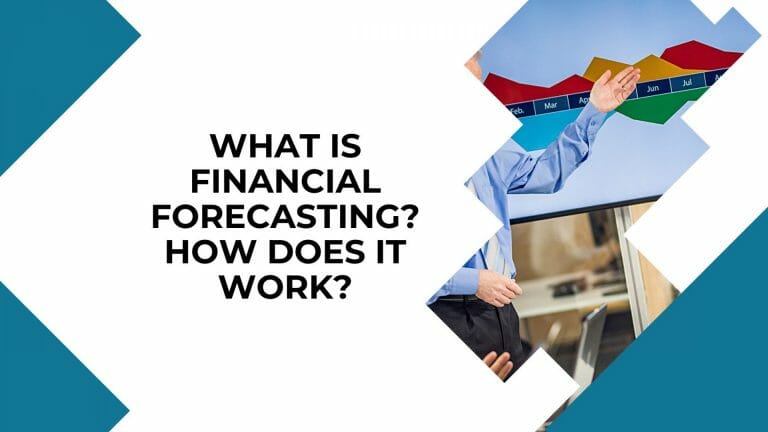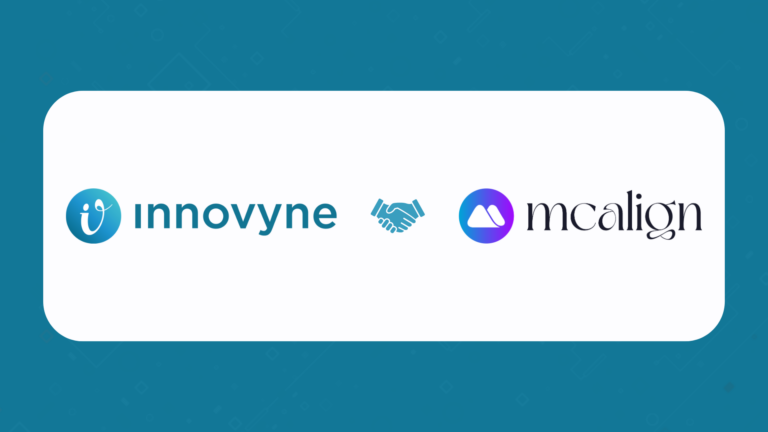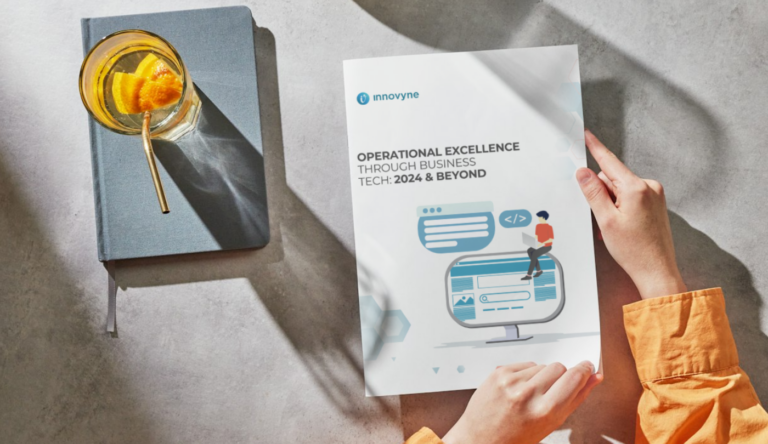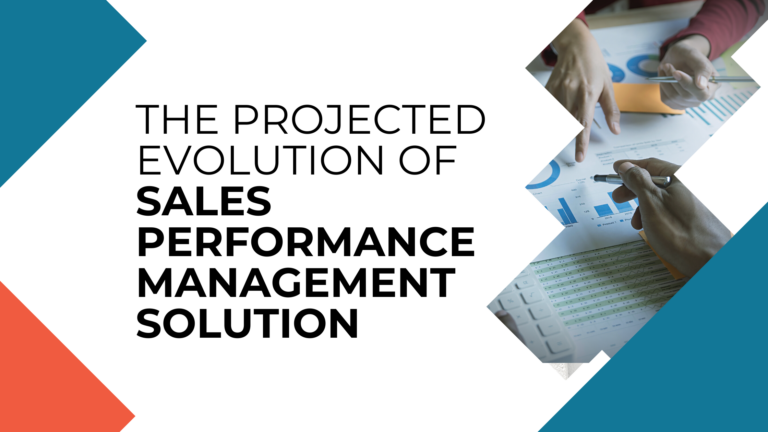what is financial forecasting?
In the game of chess, you must plan several moves ahead before making any play. Financial forecasting is similar to a game of chess as It enables businesses to foresee their future revenue and expenses. This further helps businesses to make more informed decisions about how much money to invest in new products or when to raise funds from investors.
A good financial forecast includes both underlying economic factors and conditions that are specific to the business. Therefore most organizations hire experts who know how to build forecast models, either on staff or as consultants and supplement their work with information from people who know the company, the industry, and the communities it serves.
The financial forecast modeling process
The financial modeling process involves creating a summary of a company’s financial information in the form of an Excel spreadsheet.
It typically includes three parts :
1) A description of the business or organization;
2) A set of assumptions about how the business will perform over time;
3) A calculation of the expected return on investment (ROI).
Making financial models in Excel can be difficult and time-consuming, but it can be done more quickly with the help of a fp&a solution like Jedox. With the help of Jedox’s pre-built financial models, you can automate a large portion of the work required in both internal and external accounting.
These Financial models are then used for several reasons, including:
- Historical analysis of a company
- Projecting and budgeting the financial performance of a company
- Investment research, such as equity analysis
- Project finance analysis, which is the funding of long-term assets and industrial projects
- Purchase of another company or merger
- Raise capital or funding
Two types of forecasts
Forecasting methods are typically classified into two types: qualitative financial forecasting and quantitative financial forecasting. Here’s an overview of each school of thought.
Quantitative financial forecasting
Quantitative financial forecasting uses a straightforward approach to forecasting based on hard data. This usually works better when you’re dealing with data points like future sales growth and tax issues, rather than subjects that don’t have as many solid numbers to help you make these financial forecasts.
Although quantitative financial forecasting removes the guesswork from the process, it can be limited by a lack of human expertise, resulting in a lack of important context that could significantly alter forecasts. Nevertheless, it’s a useful tool in a variety of business scenarios, particularly when your historical business data is a reliable resource for projecting future results.
You could, for example, use quantitative financial forecasting to compare historical stock prices to future projections, predicting which stocks will outperform others over the next year.
The most popular quantitative models used by businesses
1. Straight line
Straight-line forecasting is one of the simplest methods to implement, requiring only basic math and providing reasonable estimates for what businesses can expect in future financial scenarios. Straight-line forecasting is commonly used when a company anticipates future revenue growth.
2. Moving average
A moving average is the average performance of a particular metric over a given time period. A moving average is typically used to evaluate on monthly time frames rather than yearly time frames. It is frequently used to assess revenue, profits, sales growth, stock prices, and other common financial metrics.
3. Time series
Time series is an umbrella term for several approaches to financial forecasting. The strategy behind this forecasting method is to identify patterns in historical data that will reoccur in the future, allowing data-driven financial forecasting across a variety of financial metrics.
4. Linear regression
A graphical representation of the relationship between two or more data points is linear regression. It plots a trend line based on the relationship between the x and y variables.
Qualitative financial forecasting
Financial forecasting qualitatively is an imprecise science. It provides soft data, such as expert estimates that cannot be supported by historical data. When an executive forecasts the costs a company will incur as a result of a new regulatory law, this is an example of qualitative data. Given their vast experience and insight, the expert may be correct in their prediction, but there is limited data to support any prediction when such circumstances have never been faced before.
In general, qualitative forecasting becomes less reliable as it attempts to predict further into the future. However, qualitative forecasting remains popular and effective in short-term situations.
The best example of qualitative forecasting is gaining insights about the company’s future by reading social media posts, analyzing news, following experts in the field, and other means.
Two of the most popular models for qualitative forecasting
1.Market research
Market research is commonly used in business to evaluate potential scenarios that a company has never faced before. One well-known example is when a company decides where to open a new location or when it tests the marketing and packaging for a new product.
2.The Delphi method
The Delphi method of financial forecasting, like market research, gathers data from experts who are knowledgeable about the topics under consideration. Your company will seek outside sources, as well as in-house expert insight, to compile data via questionnaires that can be used to identify consensus opinions on a variety of financial issues.
How FP&A solutions can help your Management
Now that you know the answer to the question “what is financial forecasting?” You should also be aware that the world of finance is rapidly changing, and our business practices must adapt to keep up.
Using Jedox for pre-built financial models has already been explored earlier in this post. It is just a small part of what Jedox has to offer. It can also be used for various other things such as planning, analysis, and performance management. All in one single place.
Visit Jedox to learn more about their offerings.



